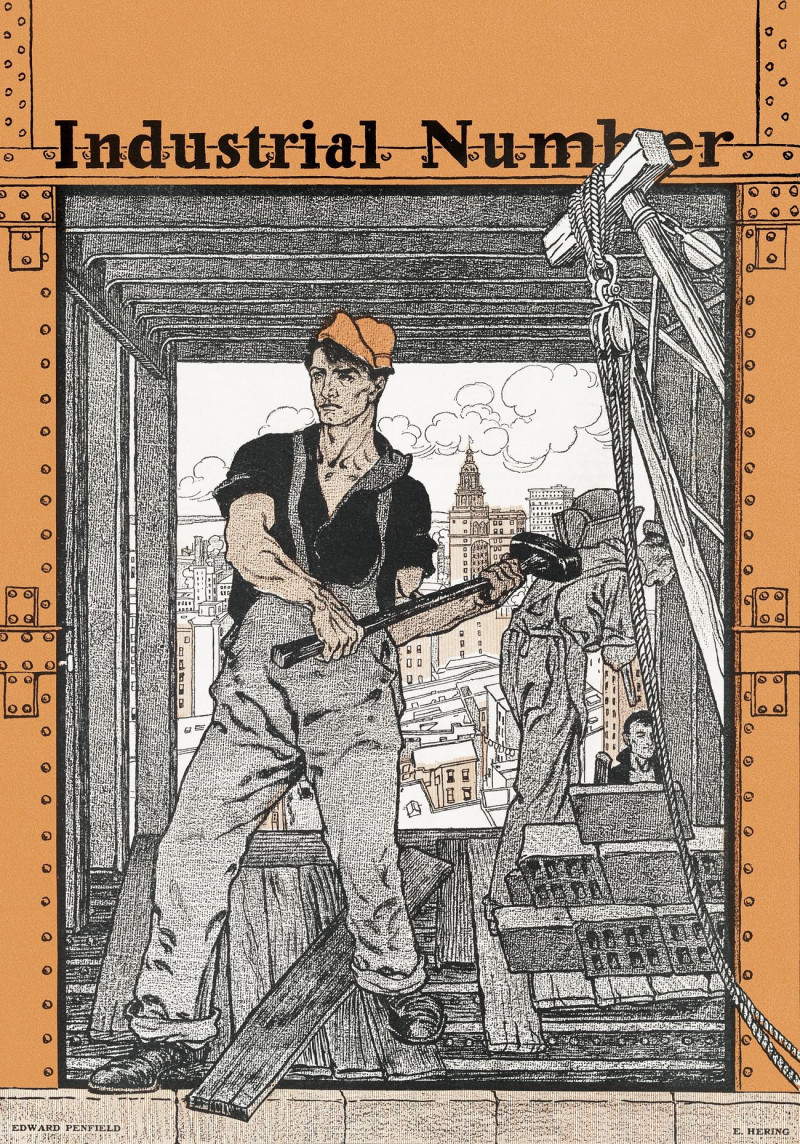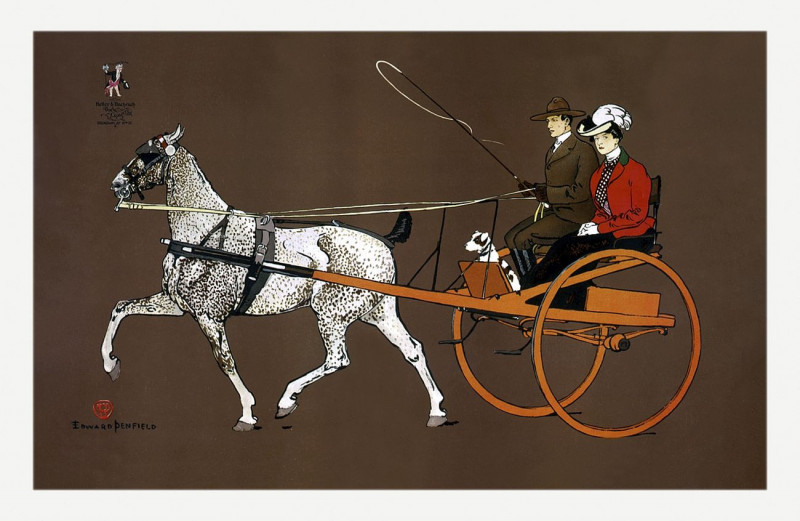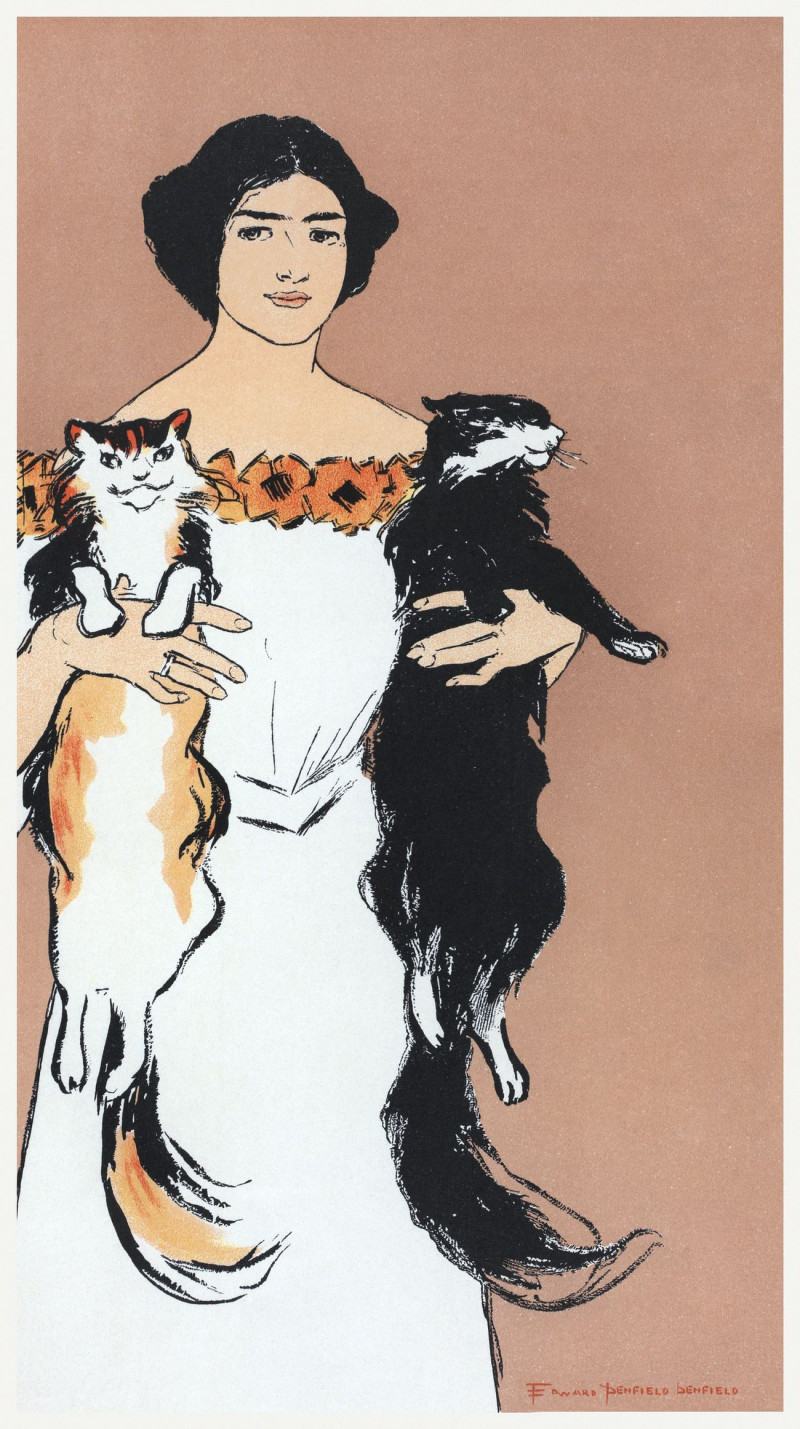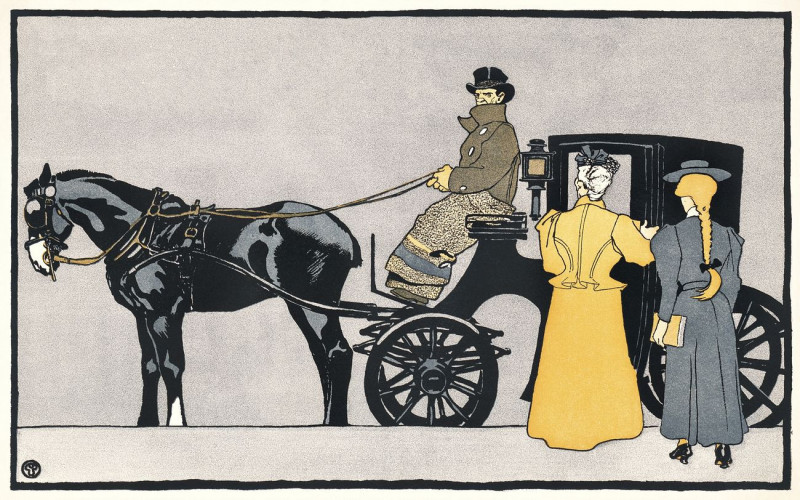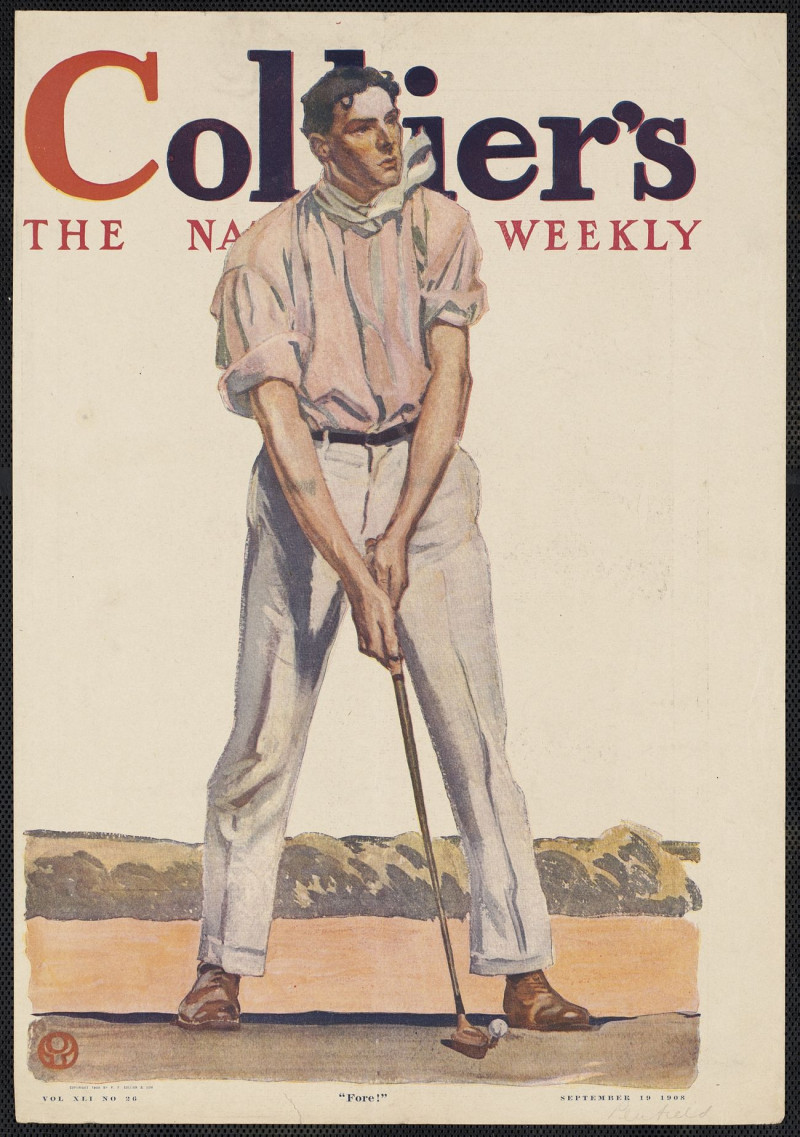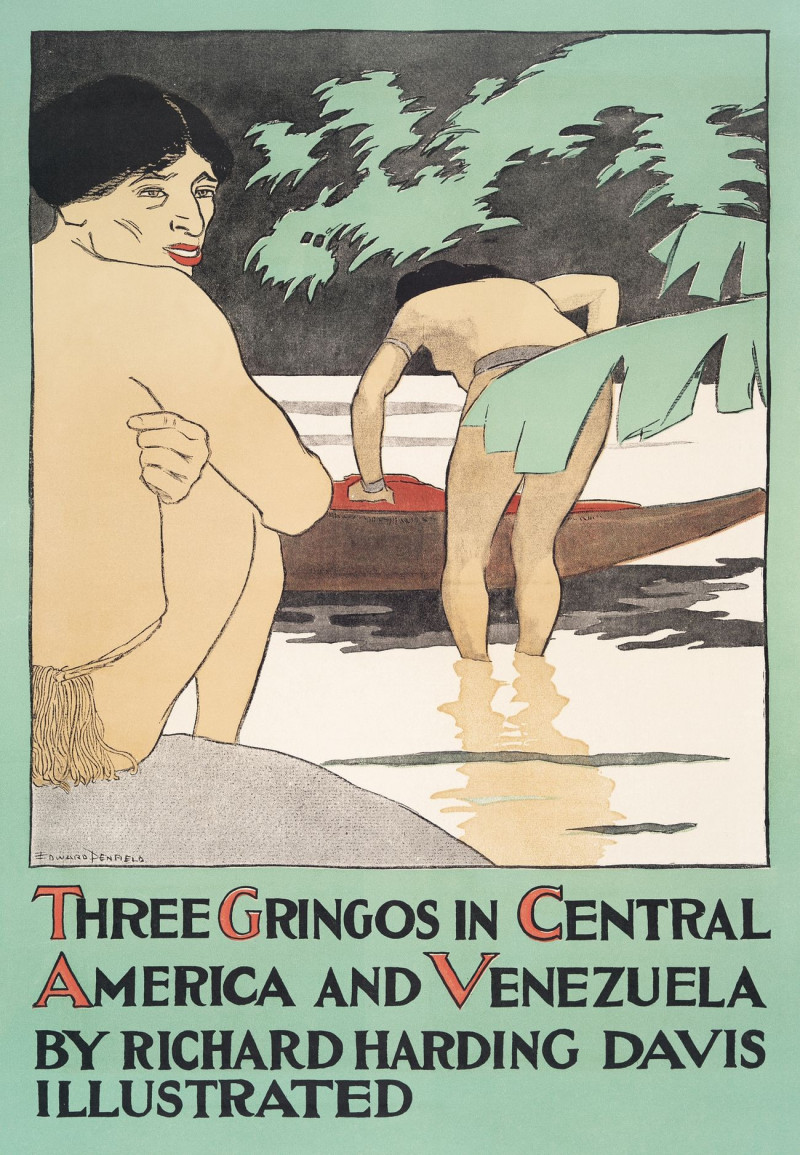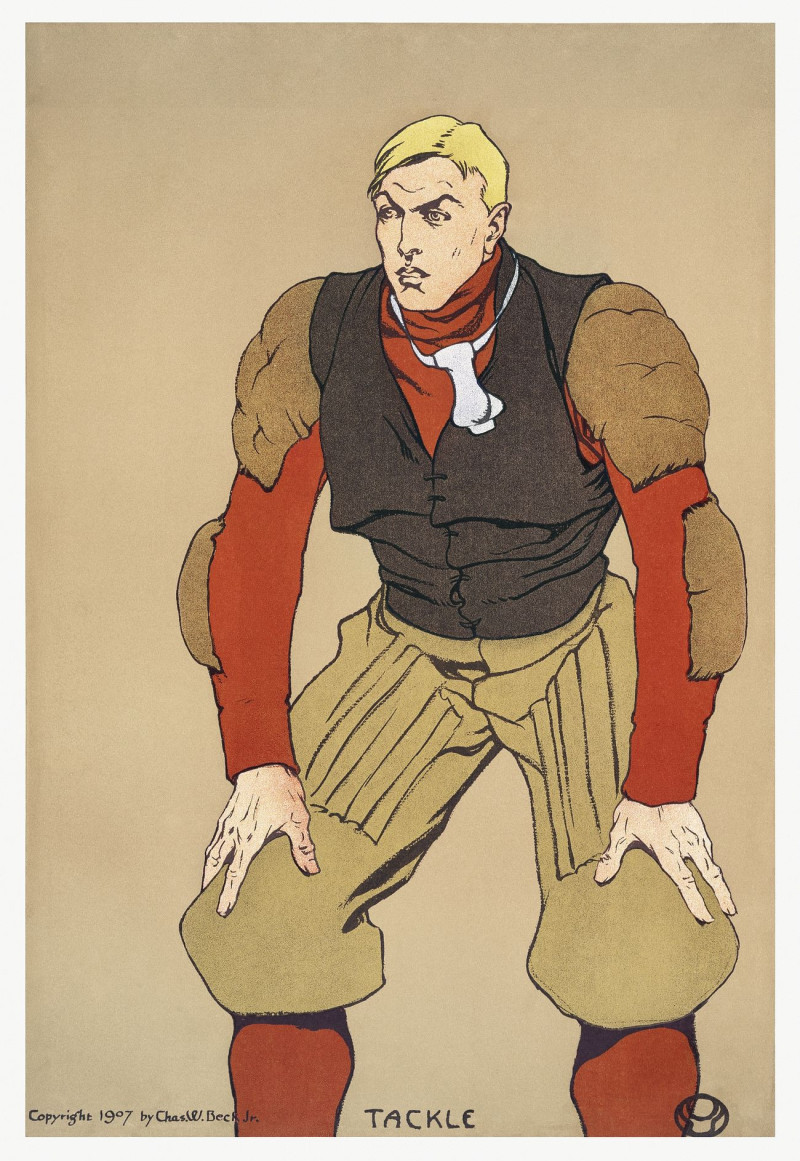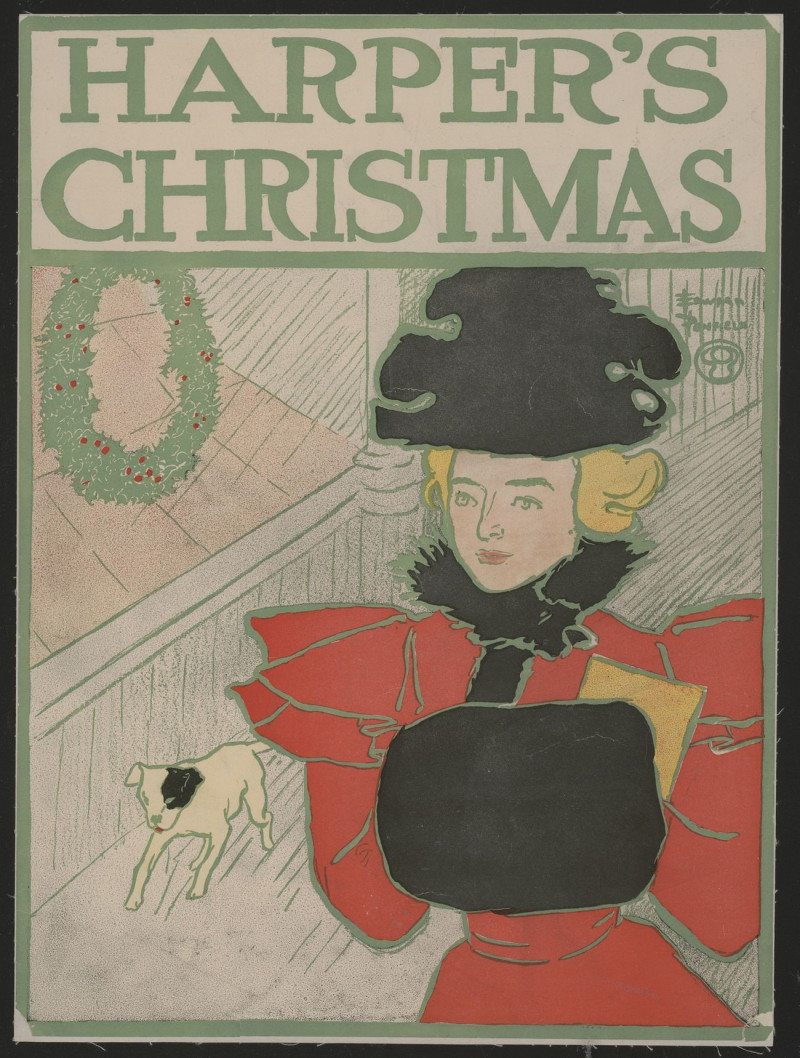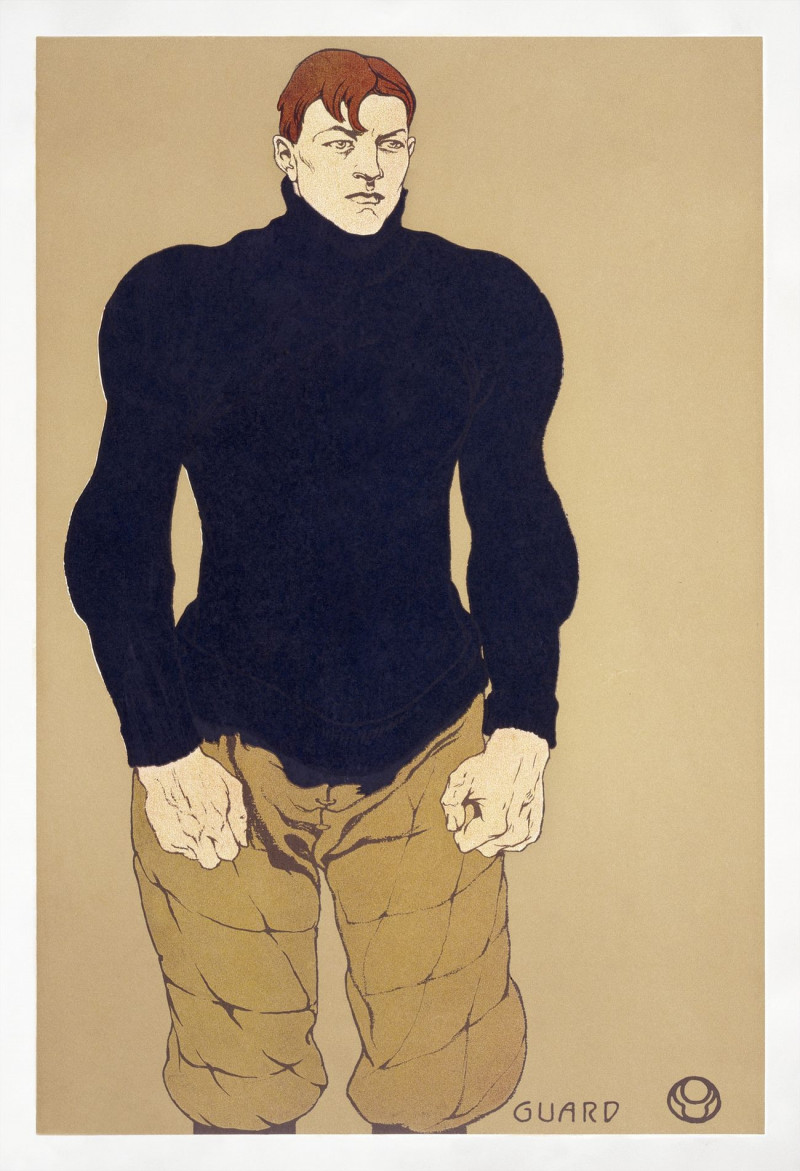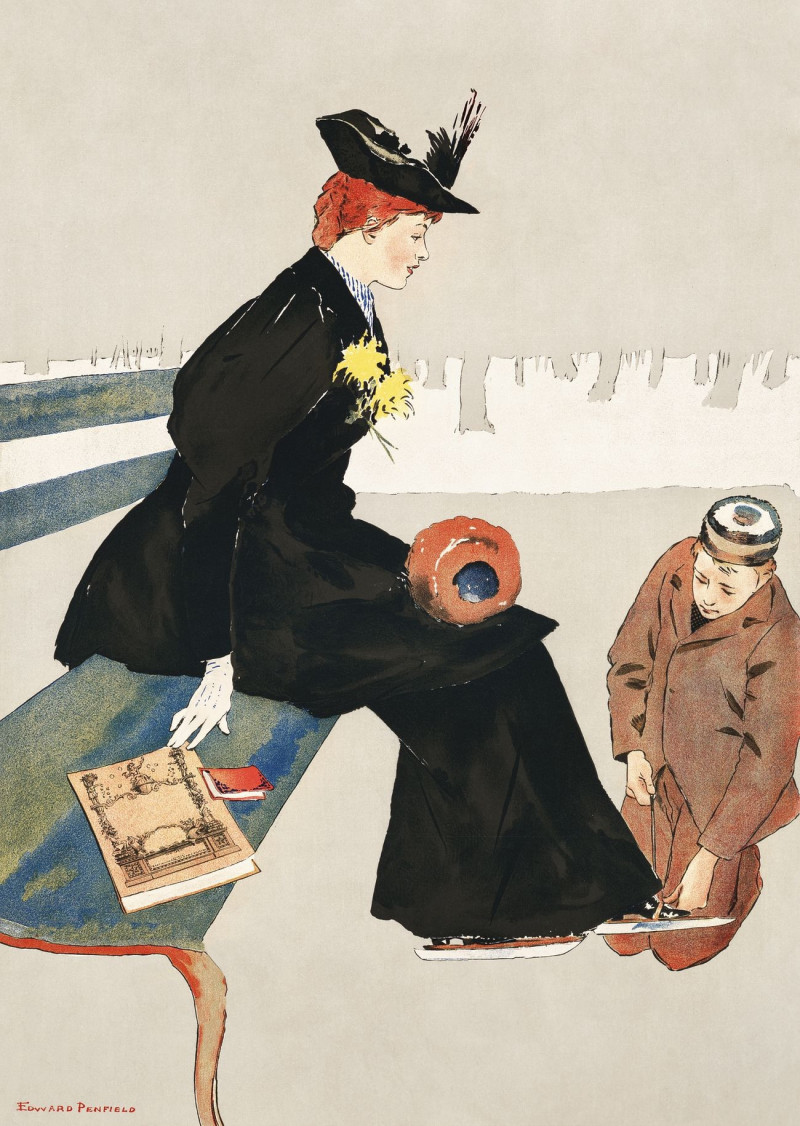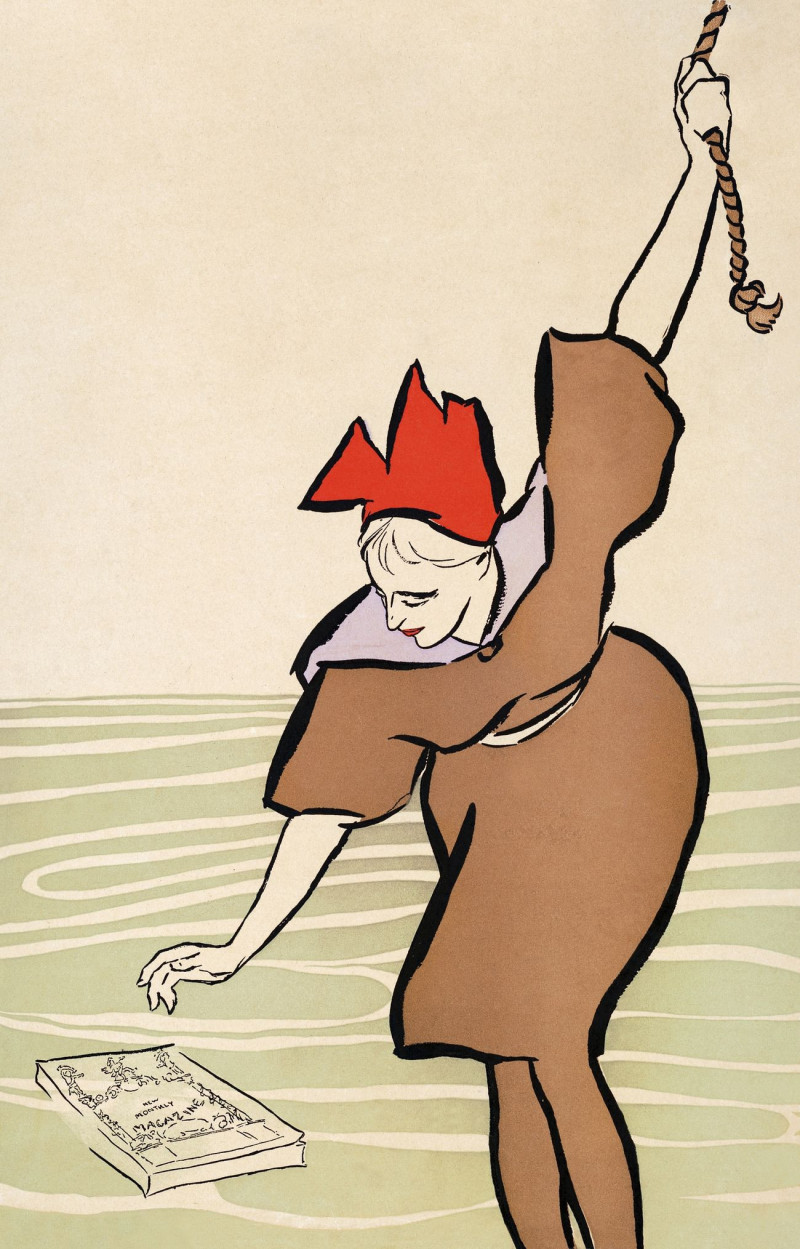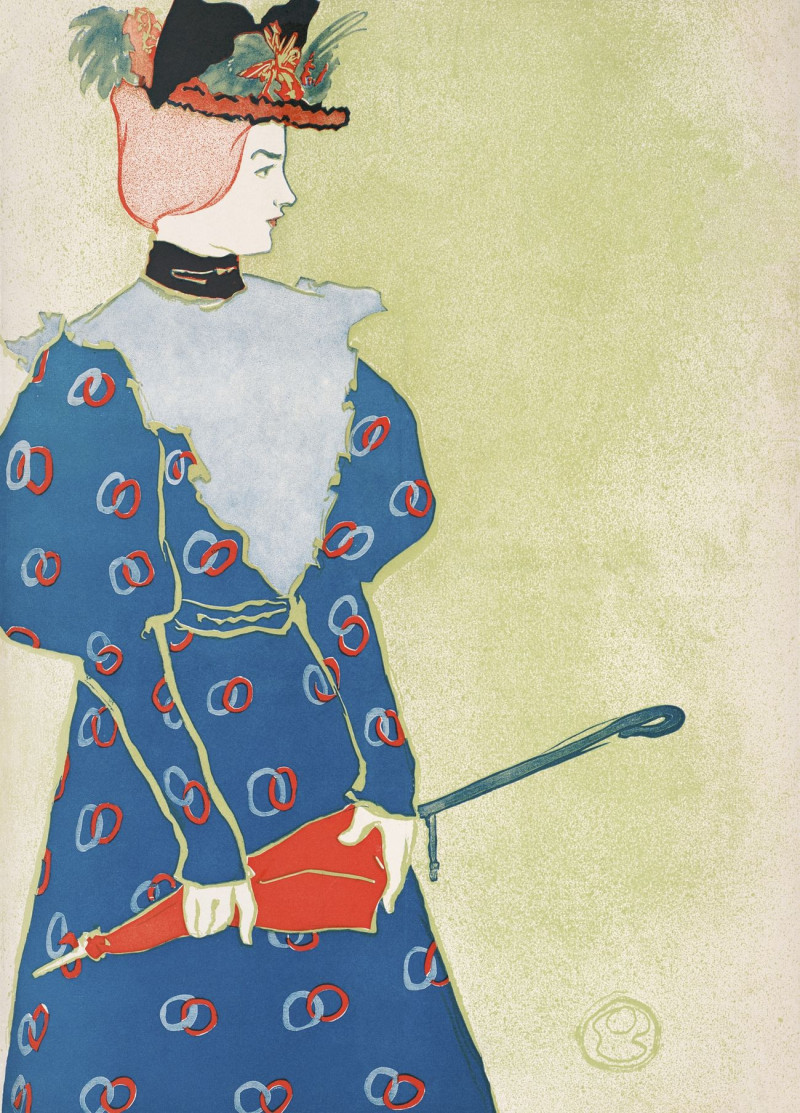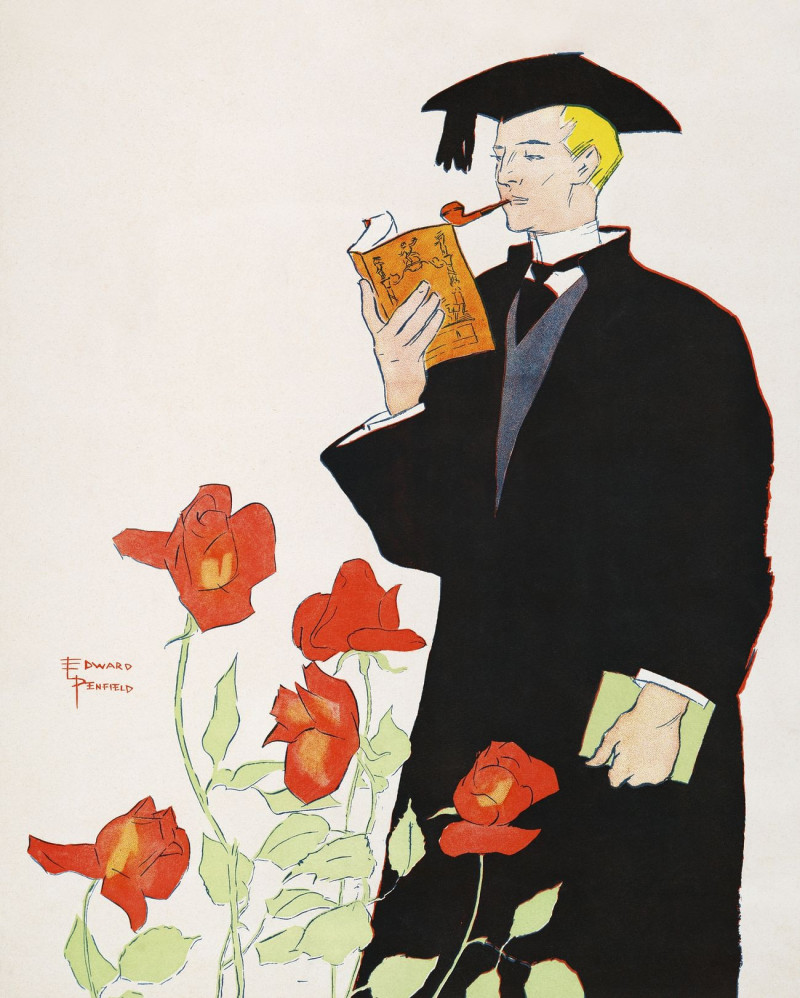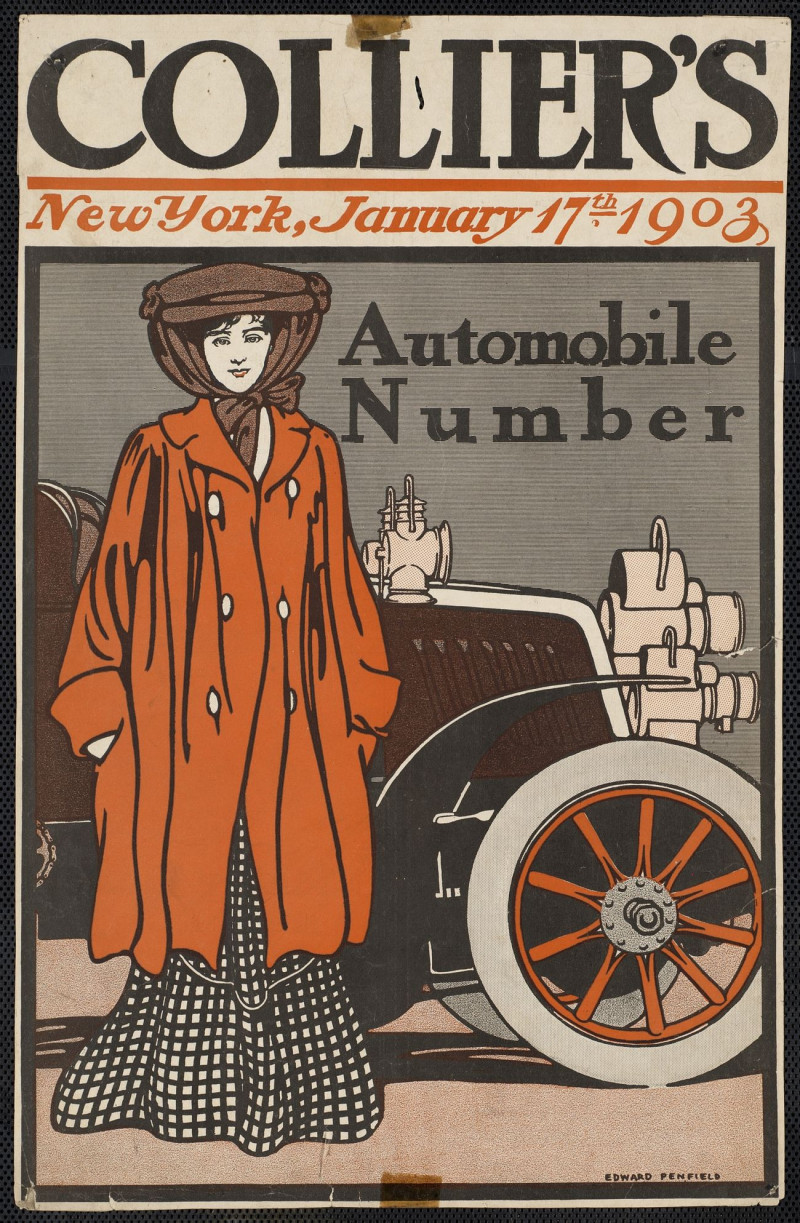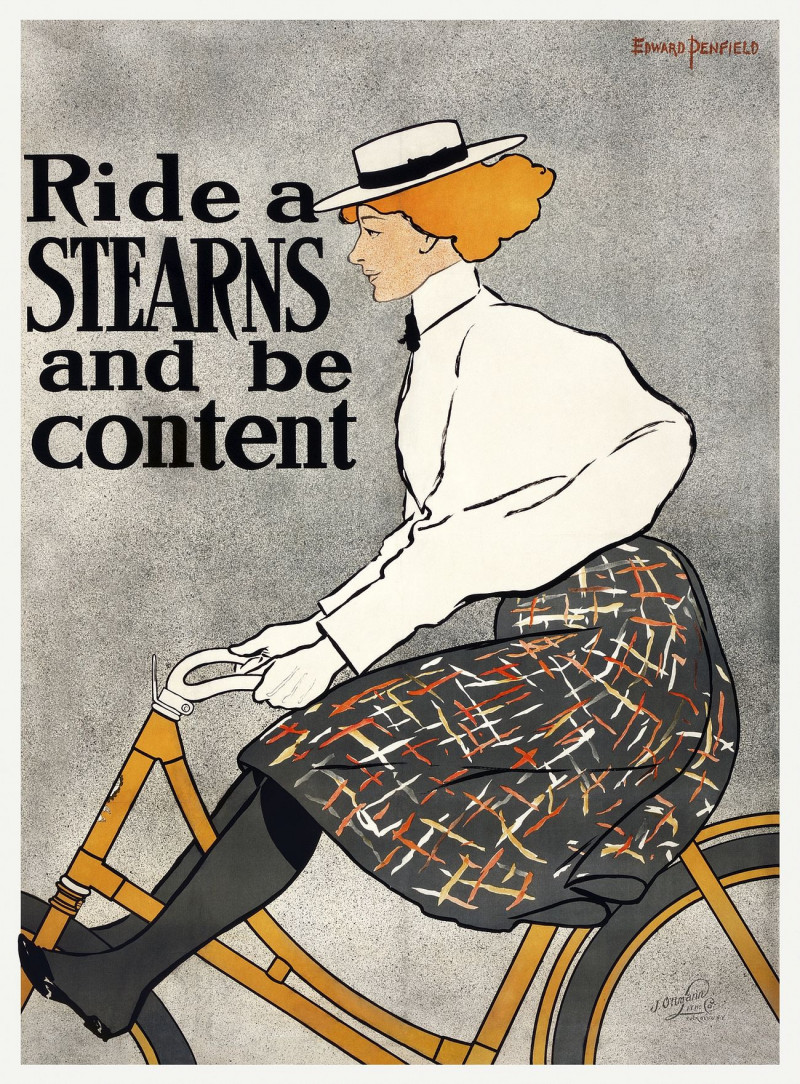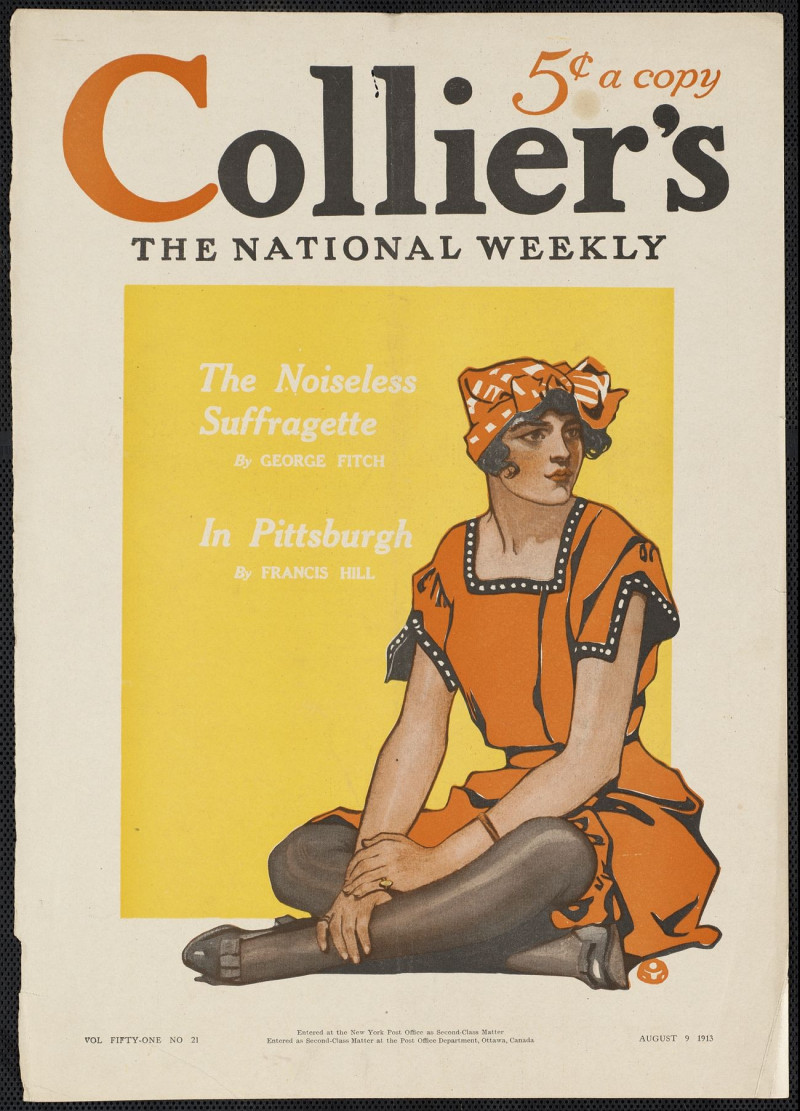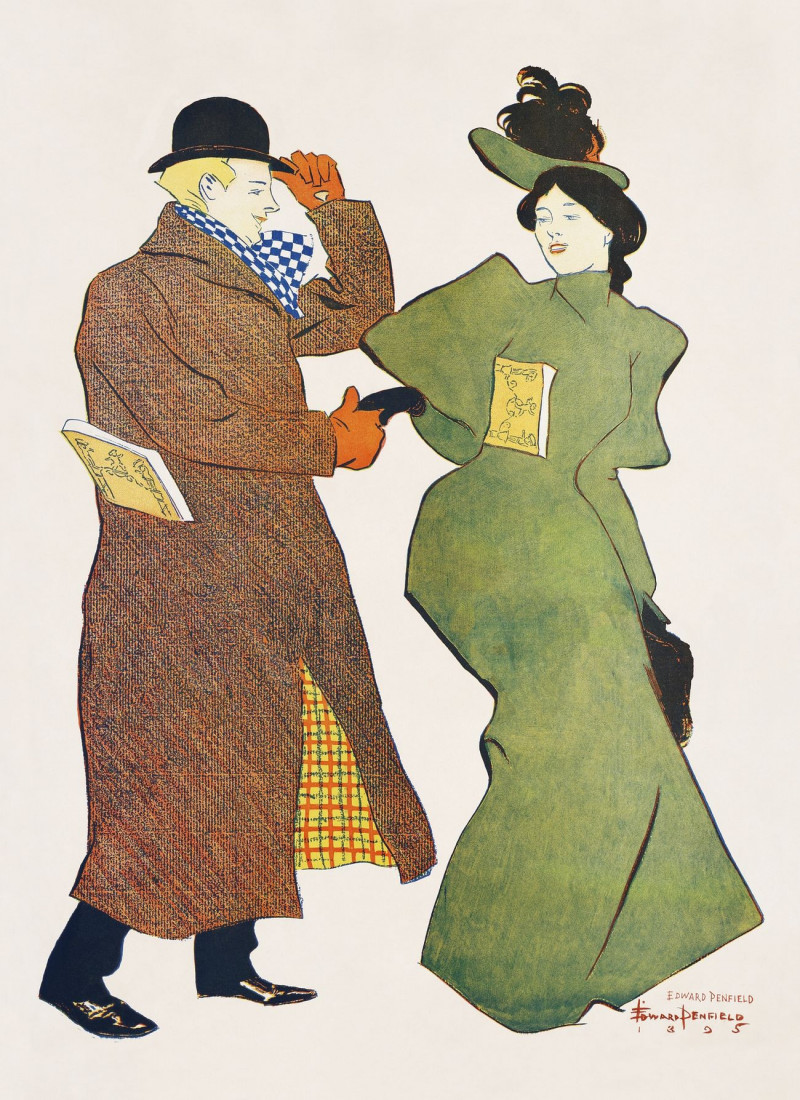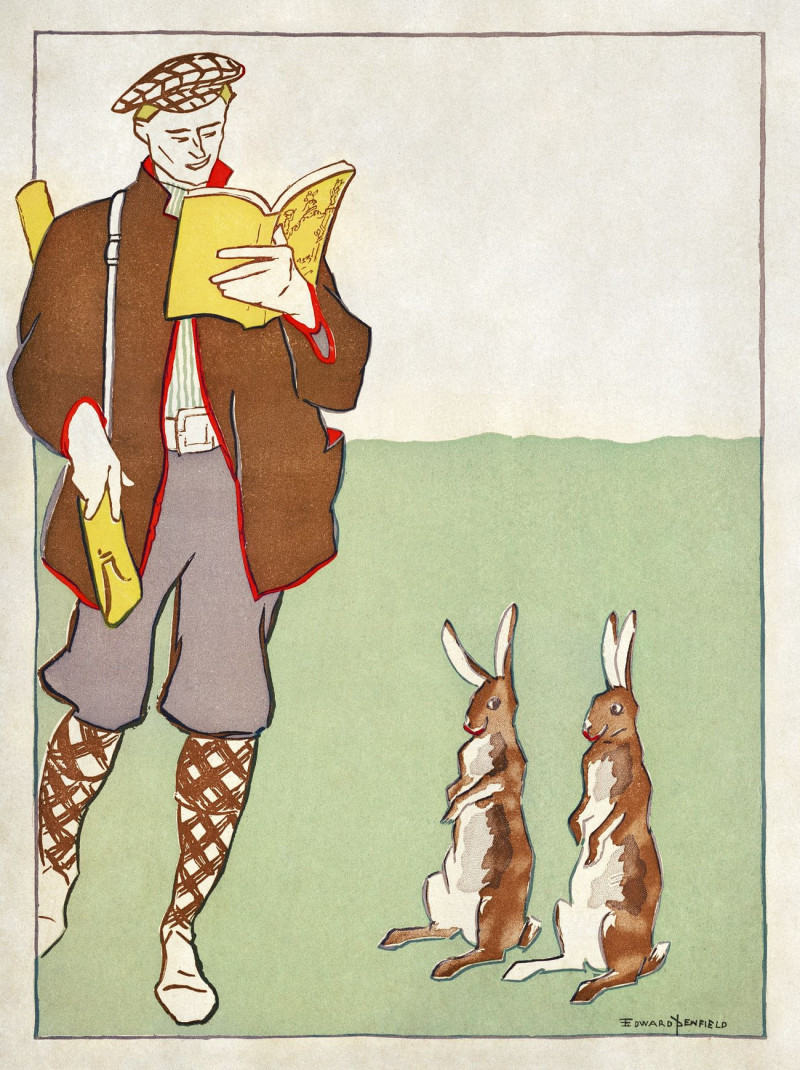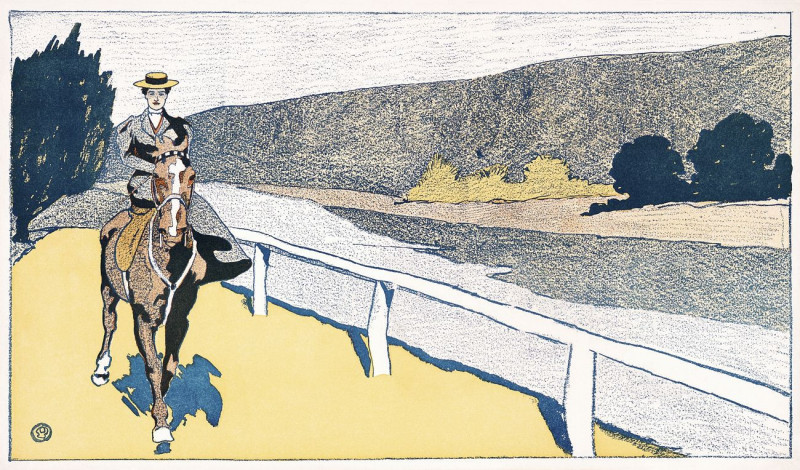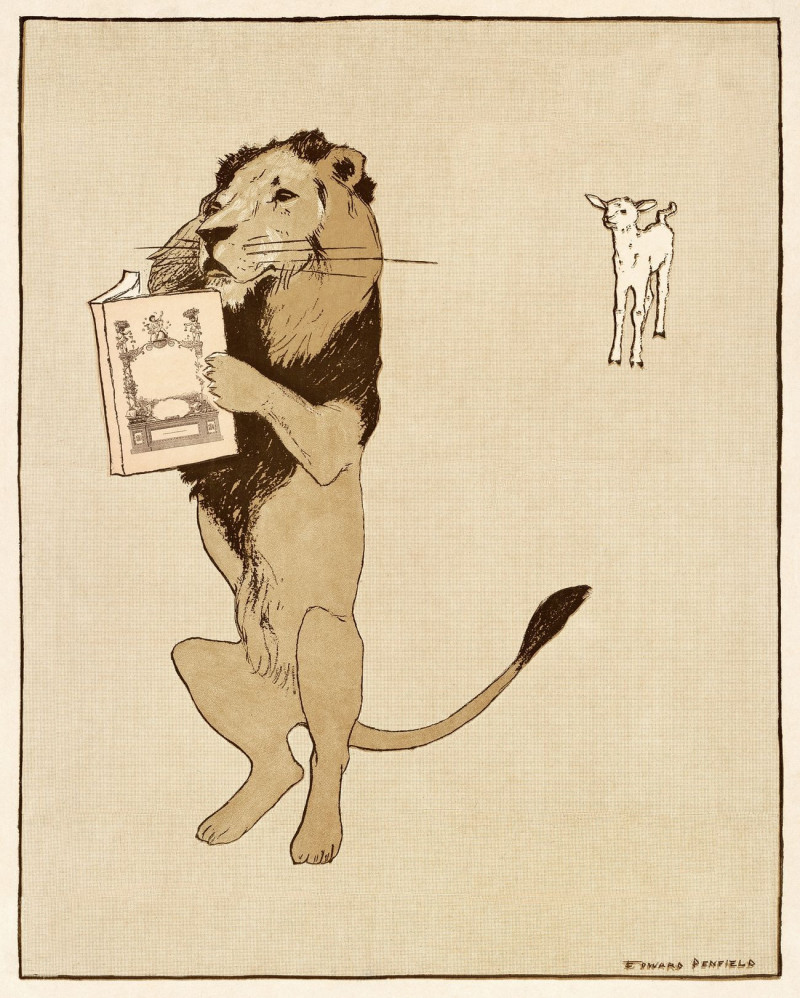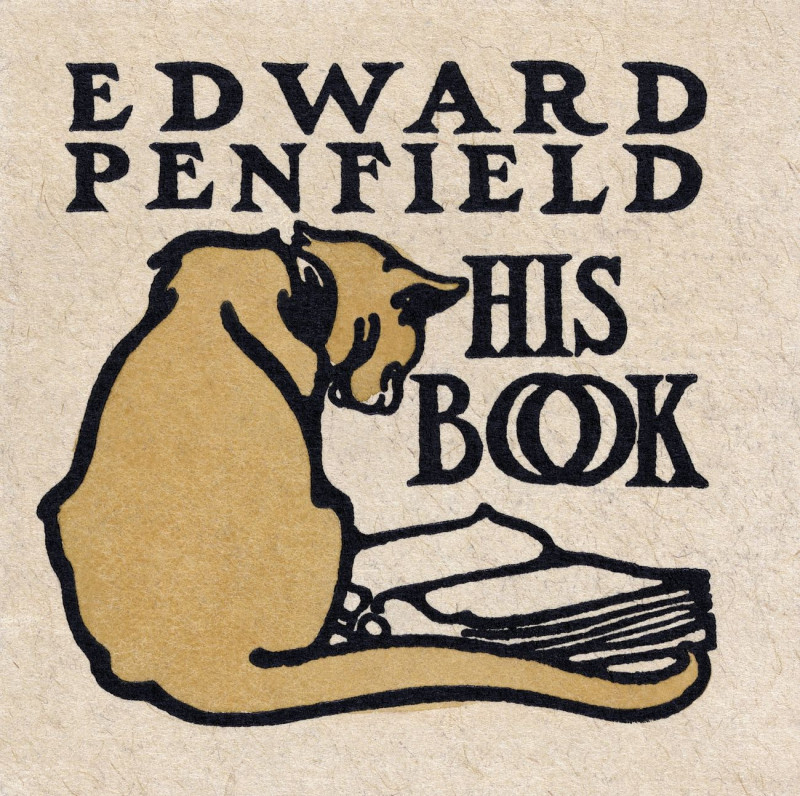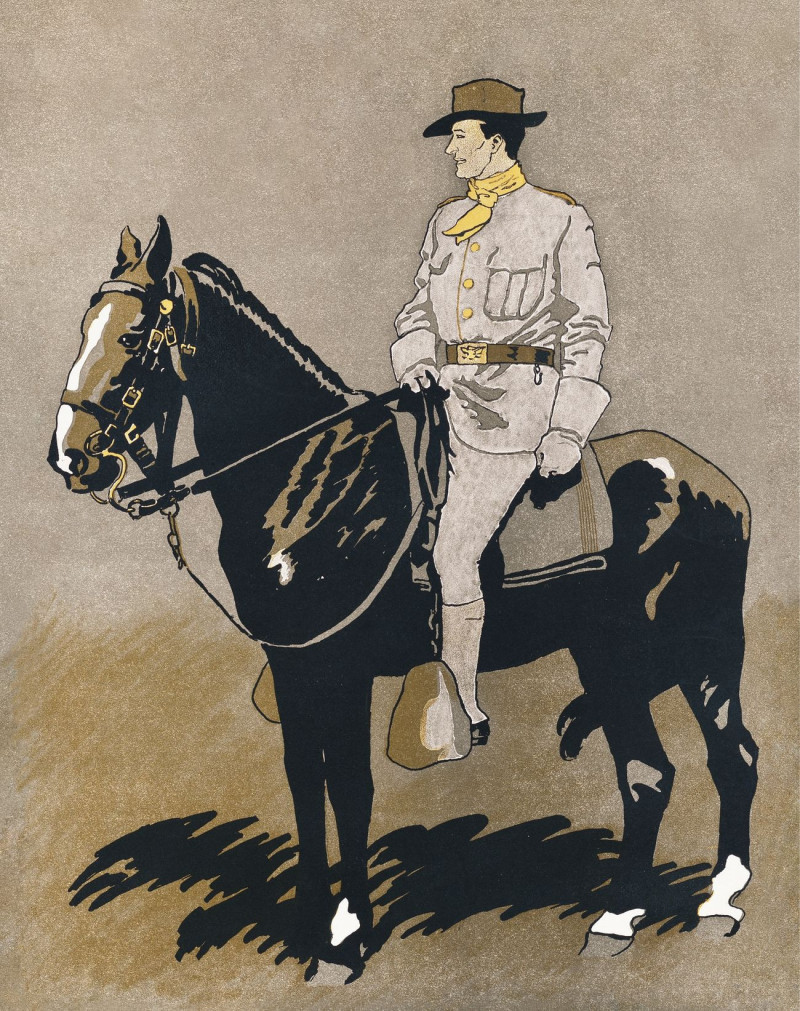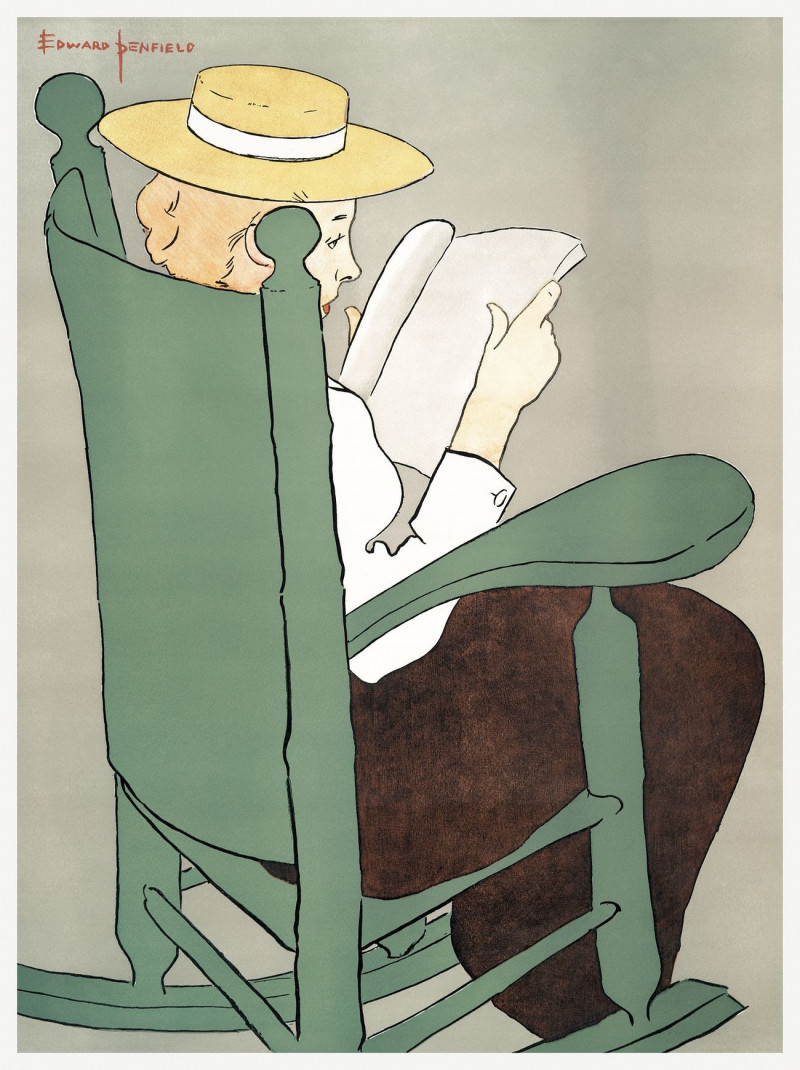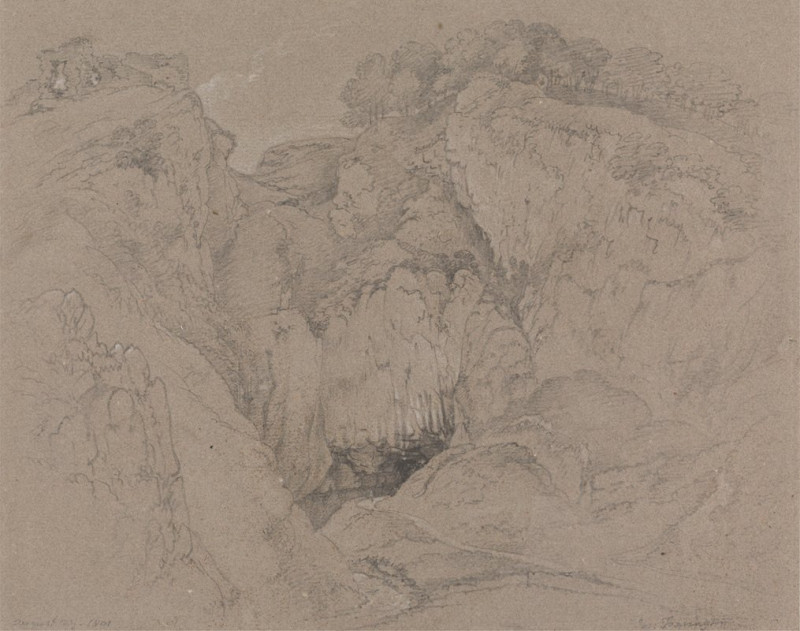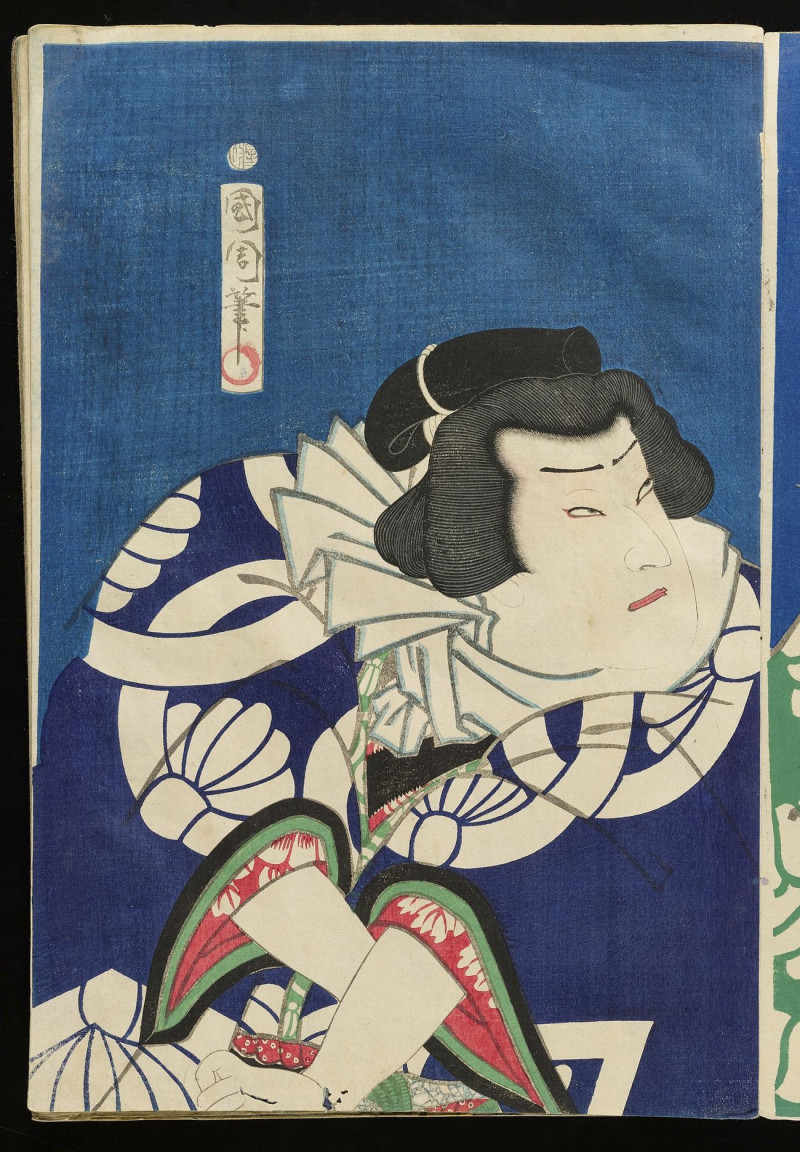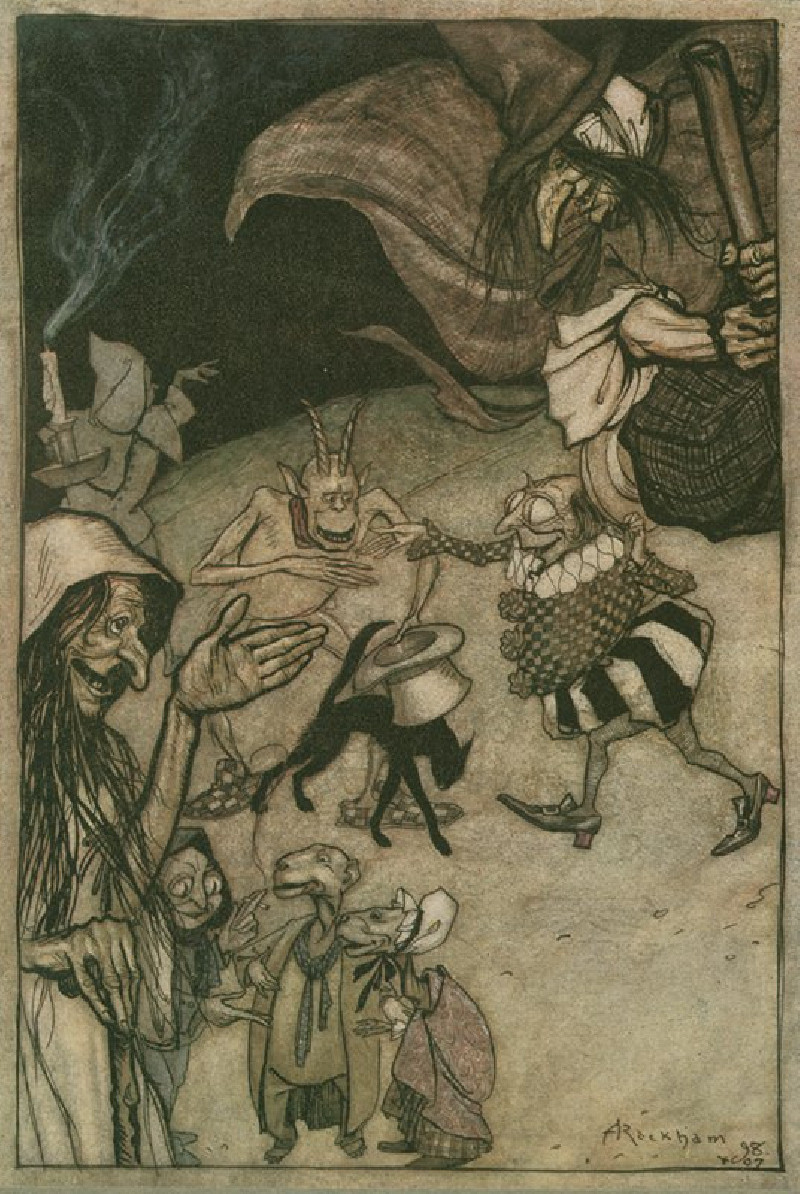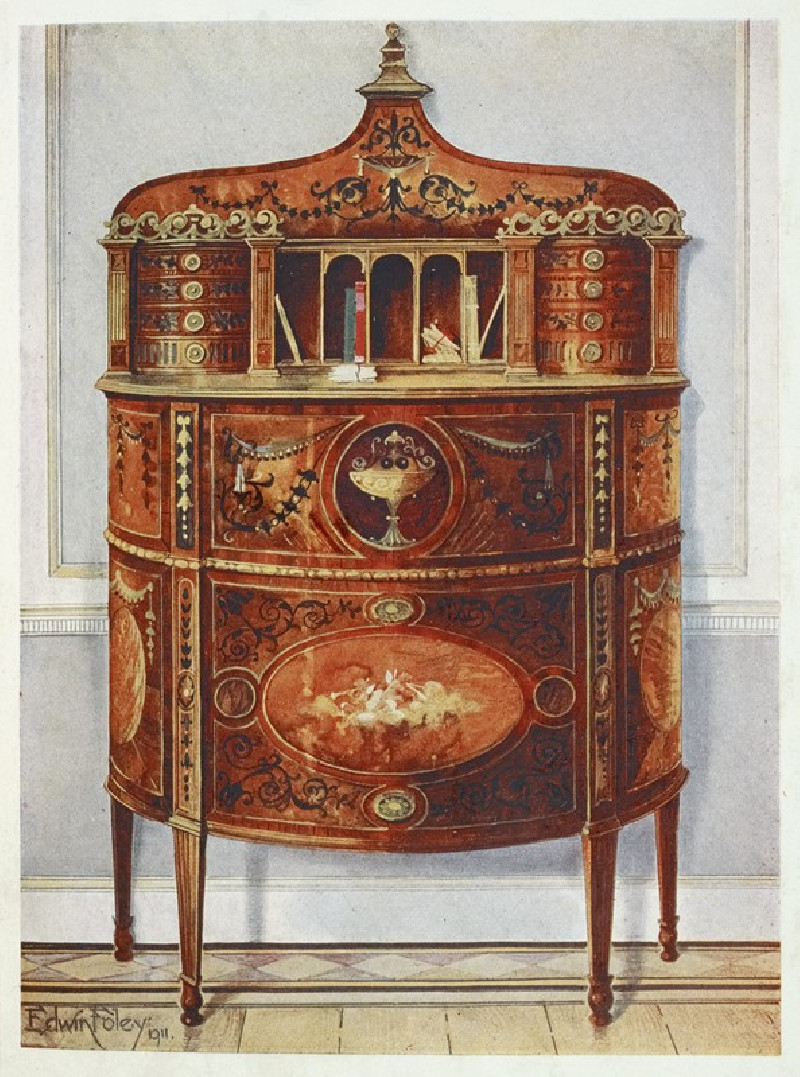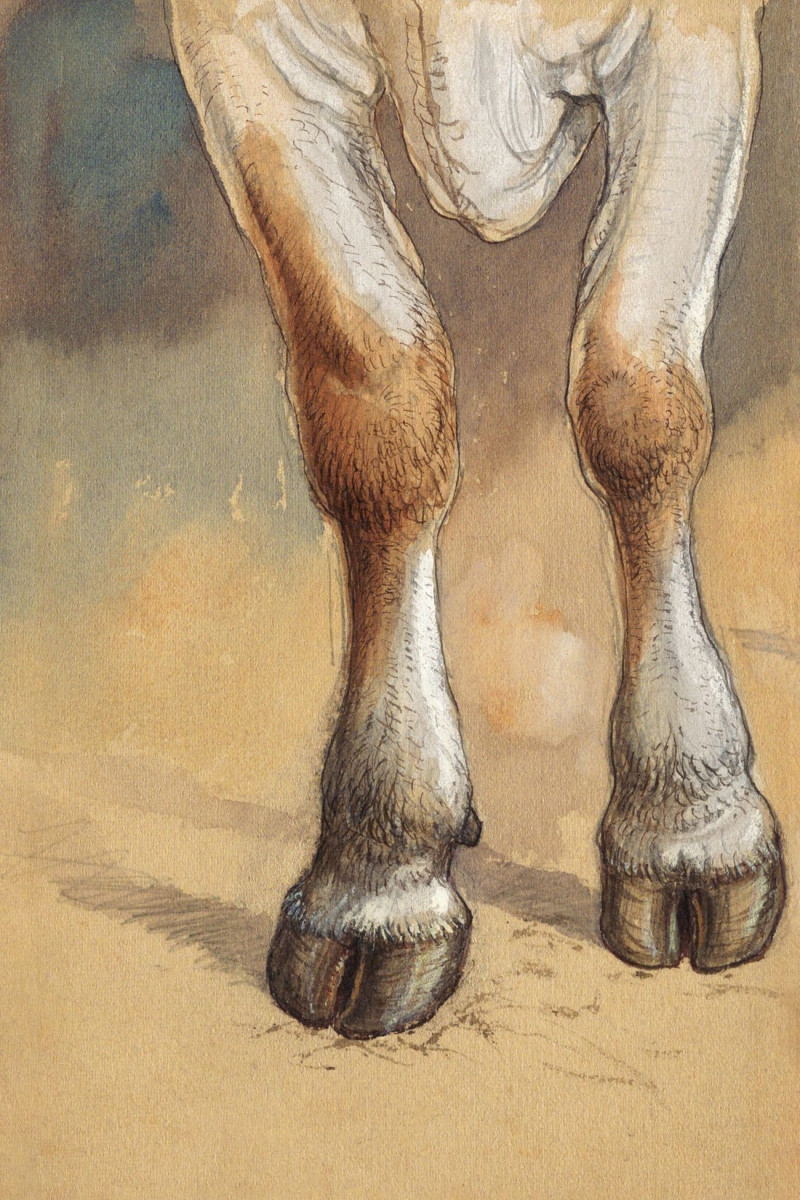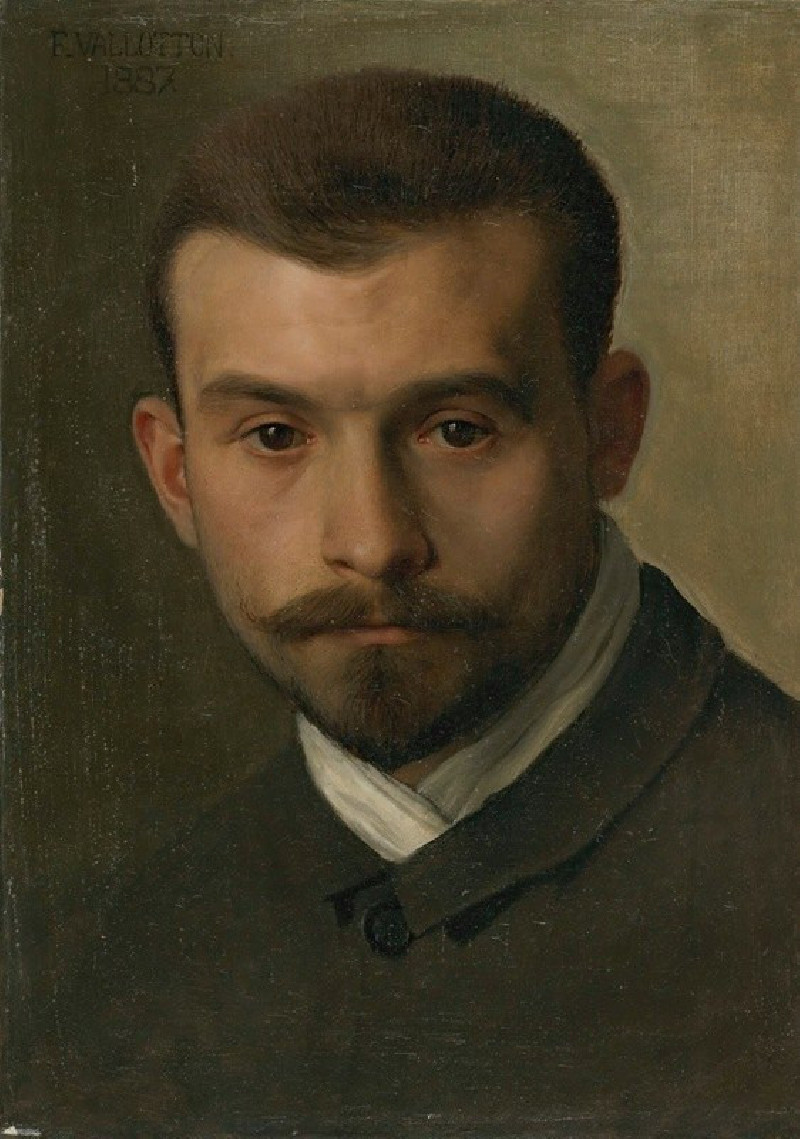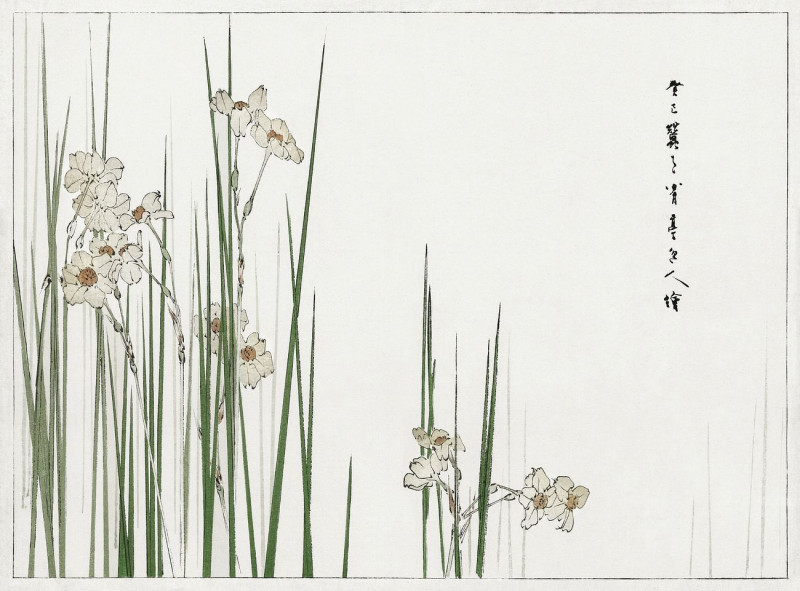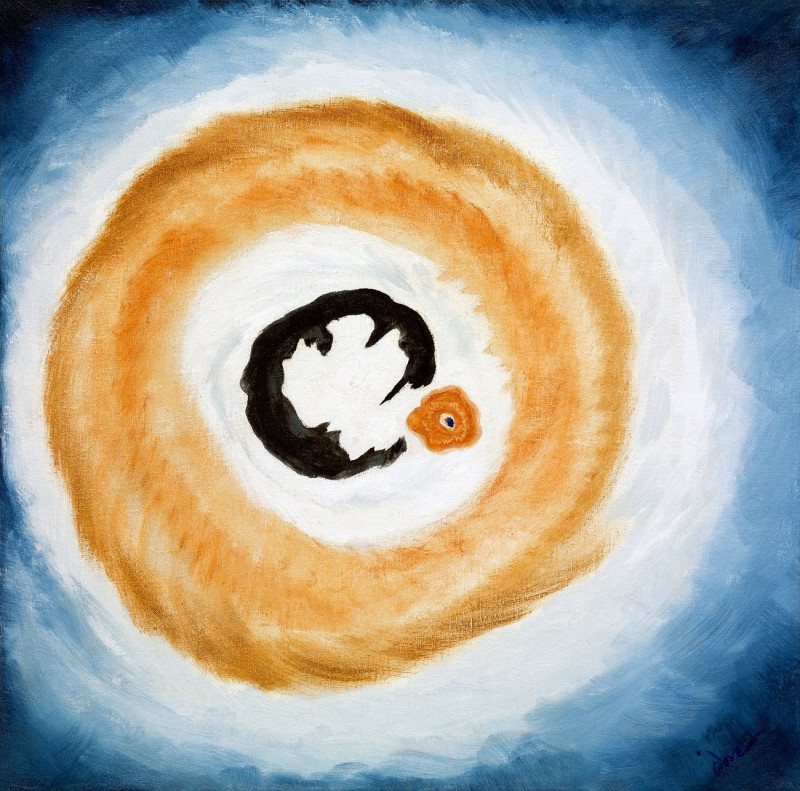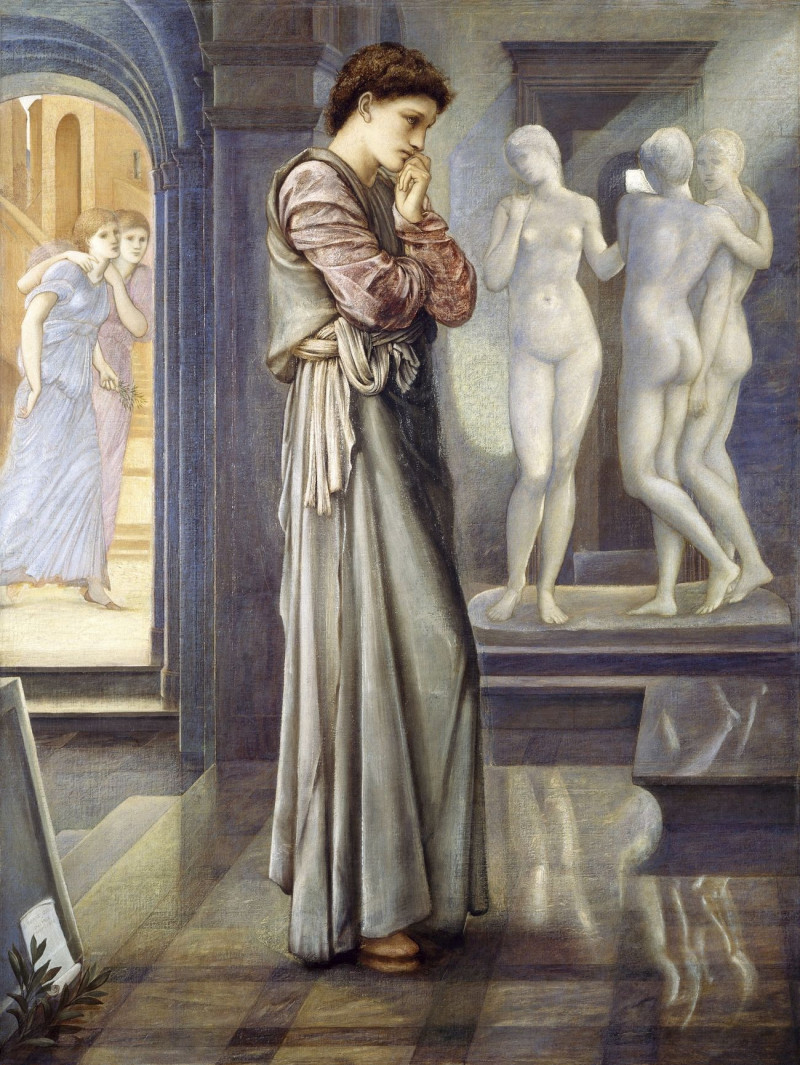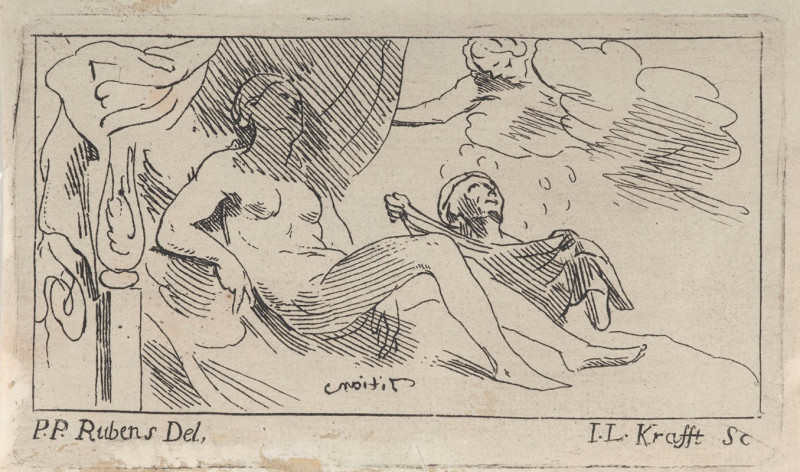Industrial Number
Technique: Giclée quality print
Recommended by our customers
More about this artwork
"Industrial Number" by Edward Penfield is a compelling illustration that captures the essence of early 20th-century industry in America. The artwork presents a scene of construction workers on a high building structure, showcasing the bustling urban landscape below. At the forefront, a male worker in a relaxed pose is holding a hammer, suggesting a momentary pause in his labor. He wears work clothes typical of the era, including a shirt rolled up at the sleeves, trousers, and a cap, which emphasizes his working-class status.The background features several tall buildings that signify the rapid urban development during that time. The presence of another worker in the background, engaged in labor with cables and pulleys, further emphasizes the theme of industrial growth and development.The overall composition, framed by metallic structures and bolts, adds a strong industrial feel to the illustration, echoing the construction theme. The choice of monochrome with fine detailing in Penfield’s art highlights the physicality and gritty nature of construction work, symbolizing both progress and the labor that drives it.The title, “Industrial Number,” likely refers to this illustration being part of a series or themed issue focusing on industrial topics, common in period publications. Edward Penfield's style and focus convey a sense of respect and acknowledgment for the workers who powered America's industrial advance, making this piece symbolic of both historical and artistic value.
Delivery
Returns
Edward Penfield (1866-1925) was an influential American poster artist, considered as the father of the American poster movement. He was employed as an art editor for Harper’s Weekly, Monthly, and Harper’s Bazaar, where he made posters advertising each issue of the magazine for over seven years. His art was avant-garde with less concern for the dramatic curving lines of Art Nouveau, inspired by Japanese ukiyo-e block prints, figure drawings by Henri de Toulouse-Lautrec, color lithographies by Jules Chéret, and other contemporary artists. He created simplified scenes of daily life in saturated colors, including horses, cats, sports, and women’s fashion.

